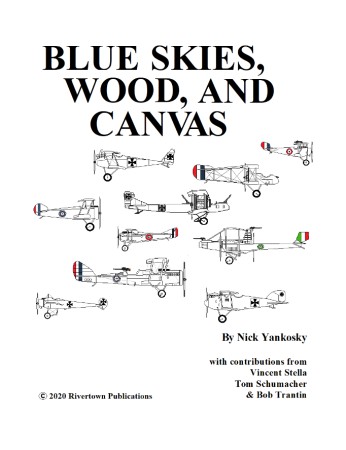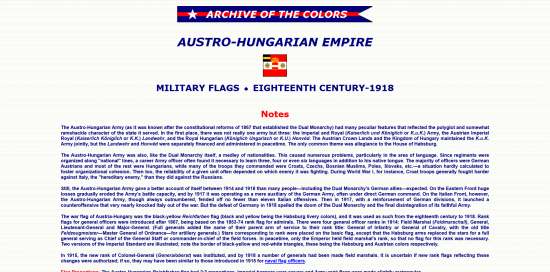
Total Votes: 2
Description
Each plane's characteristics are described on a datacard. Ratings are given for Maneuver, Size, Crew, Speed (depending on climbing, diving or level flight), and various costs associated with directional or aerobatic maneuvers and angle of dive/climb. Boxes are provided for tracking damage and ammo expenditure.

Before play, players select a Mission type: Bombing, Reconnaissance, Ground Attack, Balloon Busting, Dirigible Attack, or Fighter Sweep. Planes must begin in formation (Line Abreast, Column, or Vee). Each plane's altitude is marked by a combination of height (five levels of dowel) and marker (a wheel numbered 1 to 8), which allow for 40 possible height levels.
At the start of the game, all planes are unspotted. Until enemies are spotted, planes must remain in formation, and are limited in speed and maneuvering. Spotting checks are made at the beginning of each Movement Phase; if successful, both formations spot each other.

The game is played in turns, each of which comprises three phases: Maneuver Order Phase, Movement Phase, and Air Combat Phase.
During the Maneuver Order Phase, each plane's Maneuver Number is determined. The Maneuver Number generated by rolling a d10, which is modified by the plane's Maneuver rating, pilot training and status, plane damage, and situation (being tailed or followed).
During the Movement Phase, planes move one at a time, according to the Maneuver Order determined in the previous phase. A plane's speed (in hexes) is listed on the datacard, depending on whether in level flight, climbing or diving, and angle of any dive/climb (Shallow, Steep, Power or Vertical). Planes can also reduce their speed by spending Brake points (also on their datacard). Rules allow planes to slip (displace sideways) or make directional or aerobatic maneuvers (Turn, Power Turn, Flat Spin, Wingover, Half Roll, Half Loop, or Immelmann Turn). Planes which end up in the same hex and altitude as another plane collide.

During the Air Combat Phase, players resolve weapons fire. All results are considered simultaneous, so it does not matter the order in which they are resolved. On the datacard, each plane's weapons are given an arc of fire, boxes to track ammunition usage, and number of attack dice (2 or 3 d10s). (Range for all guns is the same.) Weapons may fire once or twice per turn, but if they 'double fire', there is significant risk of jamming the guns. Each dice is resolved separately. The 'to hit' number is the range to the target (both distance and altitude), modified by size of target, firer's experience or condition, clouds, or being inverted. There is also a bonus for 'tailing', and a penalty for a 'deflection shot' (on the outer portion of the arc of fire). Each successful dieroll scores a 'hit' (and one damage box on the target aircraft is checked off). When a plane has no more damage boxes, it is 'shot down'.
When rolling for an attack, if doubles or triples are rolled, a Critical Hit is resolved instead (or two, for triples). A d10 is rolled and a chart is consulted, resulting in a miss, loss of 2 or 3 damage boxes, or special results (Oil Line Hit, Aileron Hit, Rudder Hit, Fuel Line Hit, Engine Hit, Crew Hit, or Pilot Hit).
Rules also cover strafing, anti-aircraft fire, bombing, and explosions. Optional rules cover gliding, excessive damage, jinking, narrower arcs of fire for fixed forward-firing guns, random pilot ratings, random gun jams, novice pilots, and adjusting the Maneuver Order for special situations.
Supplements
Official website: nyankosky.wixsite.com/rivertownpubs.
Nick says, "There are over 90 aircraft types available, and another 80 more to come. I'm trying to add a few more each month."









